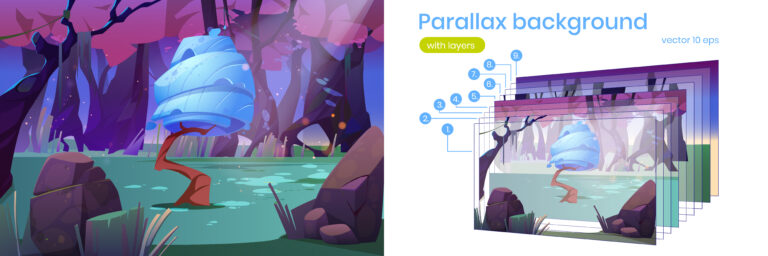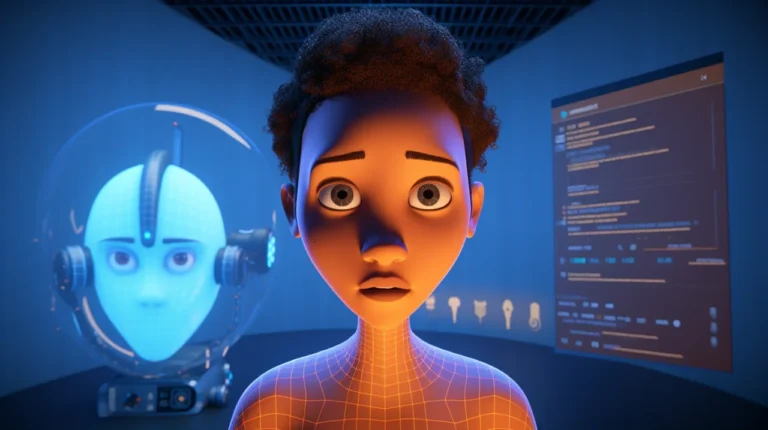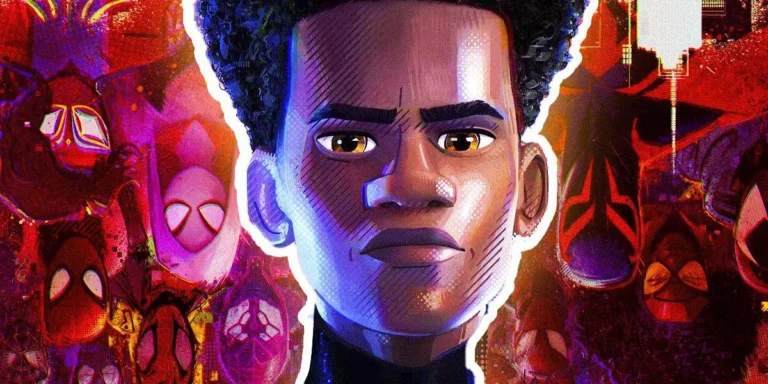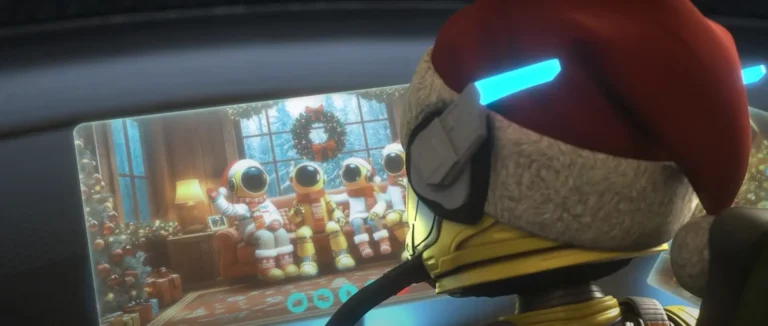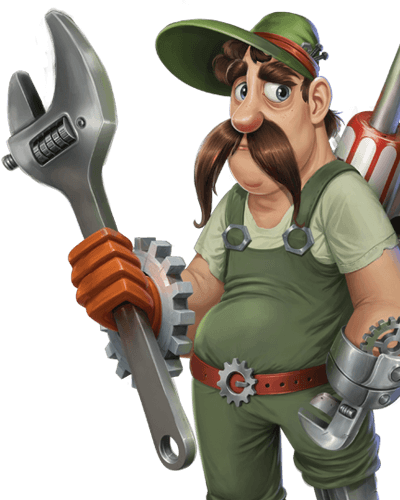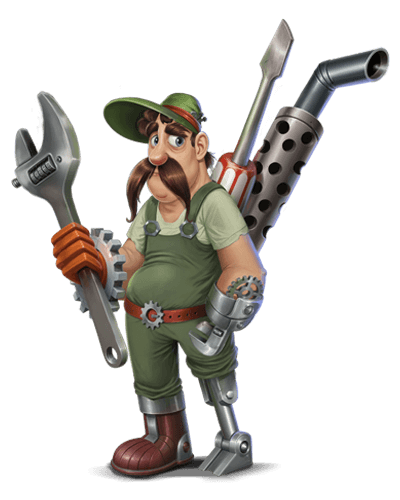On January 24th, 2006, a news headline went viral across media outlets, announcing the Disney and Pixar merger. Pixar’s acquisition by Walt Disney Studios marked a great moment for the animation industry, as the two giants ended their rivalry and began joining forces to dominate the world of animation services.
In the following paragraphs, we are going to explain the Disney-Pixar merger in detail, along with the pros and cons of this union for both companies. We’ll also mention a few successful feature films that were made after the merger. Stay with Pixune!

Need Animation Services?
Visit our Animation Service page to see how we can help bring your ideas to life!
Before the Merger, Foe and Friend
Pixar was officially founded in 1986 while Disney with the name “Disney Brothers Cartoon Studio” was established in 1923.
Disney was the absolute king of cartoons and later the animation world, producing splendid features like Snow White and the Seven Dwarfs, Cinderella, Alice in Wonderland, and more—setting the gold standard for 2D animation services during its golden age.
However, the rise of Pixar as a game changer with 3D animation services and advanced rendering software made a serious warning to Disney’s empire.
In the late 80s, Disney activated more revenue streams to excel at Pixar. They also cut costs by focusing on lucrative yet seemingly cheap movie ideas.
Meanwhile, Pixar remained intact and kept its highest standards in filmmaking, plus developing in-house necessary software and devices to produce animations, but in 1991 Disney changed its hostile and competitive strategy into a more hospitable approach and made a historic deal with Pixar where $26 million was passed to the company
With the unexpected success of Toy Story as the world’s first 3D feature film, Pixar literally surpassed all competitors.
Disney’s decision-makers that already financially supported Pixar, were pondering the situation. On one hand, they were reluctant to lose the market and seriously concerned about increasing reductions in benefits. On the other hand, they wanted to keep traditions at Disney and were not willing to join forces with modern studios that had a loose distribution network.
You guessed right, at last, they chose the market to revive their gigantic but weakened enterprise.
Read More: Why is Pixar so successful?
During Walt Disney and Pixar Merger
As you know Disney and Pixar merged on January 24th, 2006 when Bob Iger; CEO of Disney convinced Steve Jobs; principal shareholder of Pixar to accept the merger. Reading news here and there indicates that Jobs absolutely disagreed with the merger and believed that the organizational culture of Disney would kill creativity at Pixar.
We do not know exactly what happened during business talks between Jobs and Iger, but Mr. Jobs finally admitted to the acquisition of Pixar by Disney, and then he received $7.4 billion of Disney’s shares.
Recently Iger Told CNBC “I’m proud of a lot of the decisions that were made. Certainly for the acquisition of Pixar, because it was the first. And it put us on the path to achieving what I wanted to achieve, which is scale when it comes to storytelling. That was probably the best.”
Indeed, It was a winning collaboration for Jobs despite losing Pixar, back in 1986, Jobs paid $5 million to buy Pixar from LucasFilm.
At Disney except for Iger, others did not think about the possibility of any merger or consider it unnecessary. Disney was not only a studio but also had other franchises such as theme parks, TV channels, and merchandising toys, so stakeholders and managers were optimistically counted on those static revenues.
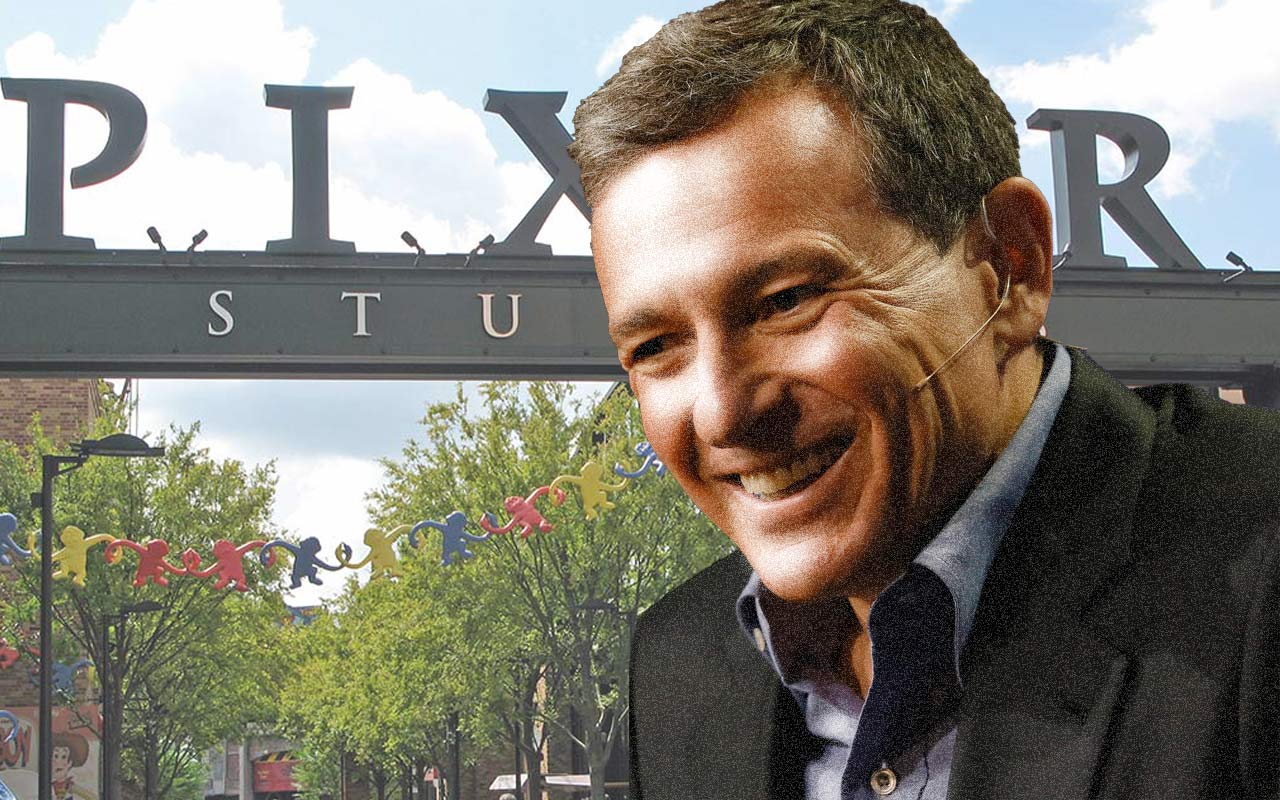
Executives and Employees; Distinctive Mindsets
When Iger was appointed as CEO of Disney, started re-evaluating and rethinking Disney’s brand position in the animation industry. He prepared a comprehensive report, implying that Disney steadily lost money between 1980 to 2000. This report had an essential role in illuminating threats to the future of Disney Studios.
Employees of both companies also had different mindsets. For example, due to a top to bottom approach at Disney, employees must seek final confirmation from C-level managers some of whom had no or little knowledge about animation or even the Arts. Consequently, the satisfaction rate among Disney employees was low at the time of merging with Pixar.
In contrast to Disney employees, people who were working for Pixar had a noticeable degree of autonomy when doing daily tasks.
The culturally intensive environment of Pixar let employees share ideas freely with each other and they also got consulted when the company was about to make important decisions.
Anyway, Disney and Pixar merger ushered in an era of massively distributed 3D animation.
After Disney Pixar Merger
When Disney acquired Pixar, John Lasseter who had a top position at Pixar promoted to chief creative officer and he did his best to make a balance between two diverse poles of animations by finding the gaps and filling them in.
Pixar was suffering from major problems in the areas of distribution and promotion.
While they put excessive energy and creativity to develop rendering software based on academic innovations to make perfect feature films, loose distribution networks and lack of access to strong promotional channels could decrease their success chance in near future.
Later on, Lasseter corrected the policies of Disney which hinder the company’s progress. For Example, their first priority was the ability to generate money, so they repeatedly rejected brilliant ideas in favor of getting box office.
This behavior resulted in a gradual reduction in benefits, though Disney could distribute its movies across the globe through its big network. They also looked at animation as a side business since Disney had other sources of revenue.
Lasseter under Bob Iger’s leadership created an environment to foster creativity and agility. He also insisted on producing shorts by Disney After Pixar and Disney merger.
“Pixar’s short films convinced Disney that if the company could produce memorable characters within five minutes, then the confidence was there in creating a feature film with those abilities in story and character development.” Lasseter told a local newspaper after the merger.
Features Released After the Merger
Making short animations was like working in a sandbox environment where employees could A/B test their ideas. This sandbox prepared animators, writers, and computer graphic engineers to present big titles in the next years.
By joining forces, Pixar and Disney produced Toy Story3, Ratatouille, and wall-E to name a few of those great animations. These feature films met the expectations of both companies that were enjoying an incredible box office and receiving positive feedback from critics.
After 16 years, almost any expert in the animation industry praises the merger and states that Disney and Pixar merger was a successful joining strategy for both companies and all active players in the ecosystem.
Ed Catmull recently provided us with more details about incidents that occurred after the merger. “After Pixar’s 2006 merger with the Walt Disney Company, its CEO, Bob Iger, asked me, chief creative officer John Lasseter, and other Pixar senior managers to help him revive Disney Animation Studios. The success of our efforts prompted me to share my thinking on how to build a sustainable creative organization.”
Anyway, Pixar found a reliable network to distribute its shorts and features and Disney could use advanced technologies for designing and rendering movies.
Conclusion
In this article on Pixune, we analyzed one of the most famous and successful mergers in the world of animation which led to the acquisition of Pixar by Disney. Traditionally, Disney had more conservative views toward filmmaking processes and since they had other businesses such as theme parks and TV channels, did not take animations so seriously which led to a constant reduction in their benefits.
However, Disney had an omnipotent distribution and promotion network. Pixar was known for its innovation and academician opinion filmmaking before the merger, but it had poor performance in distributing its movies. As we explained the merger helped both companies to fill their gaps and experience a high growth rate.




